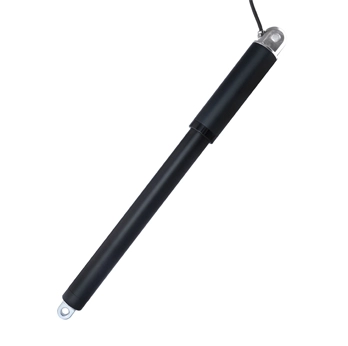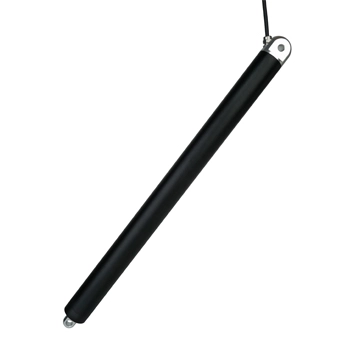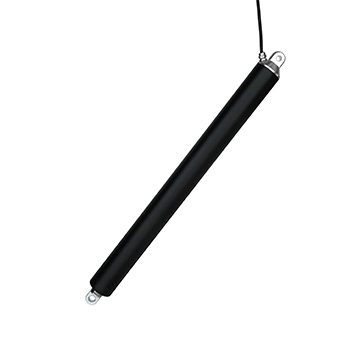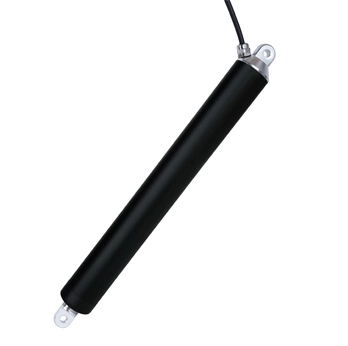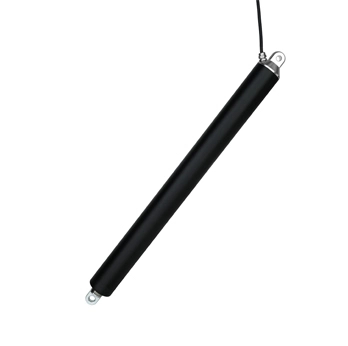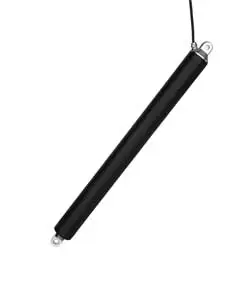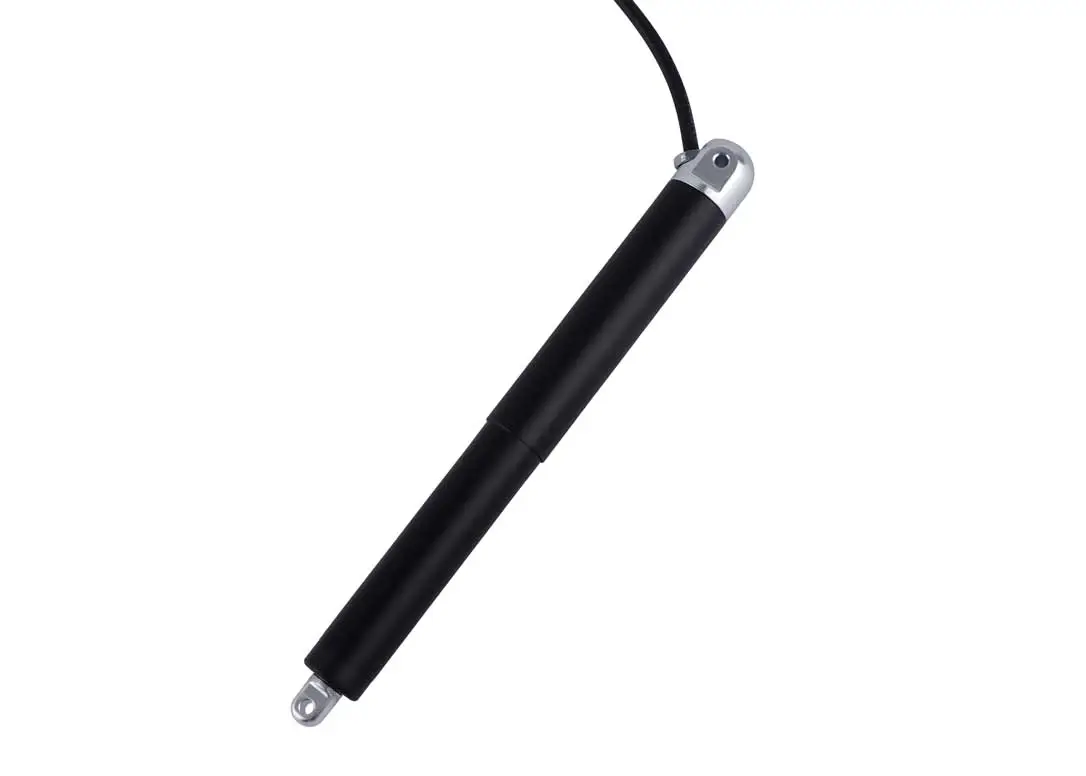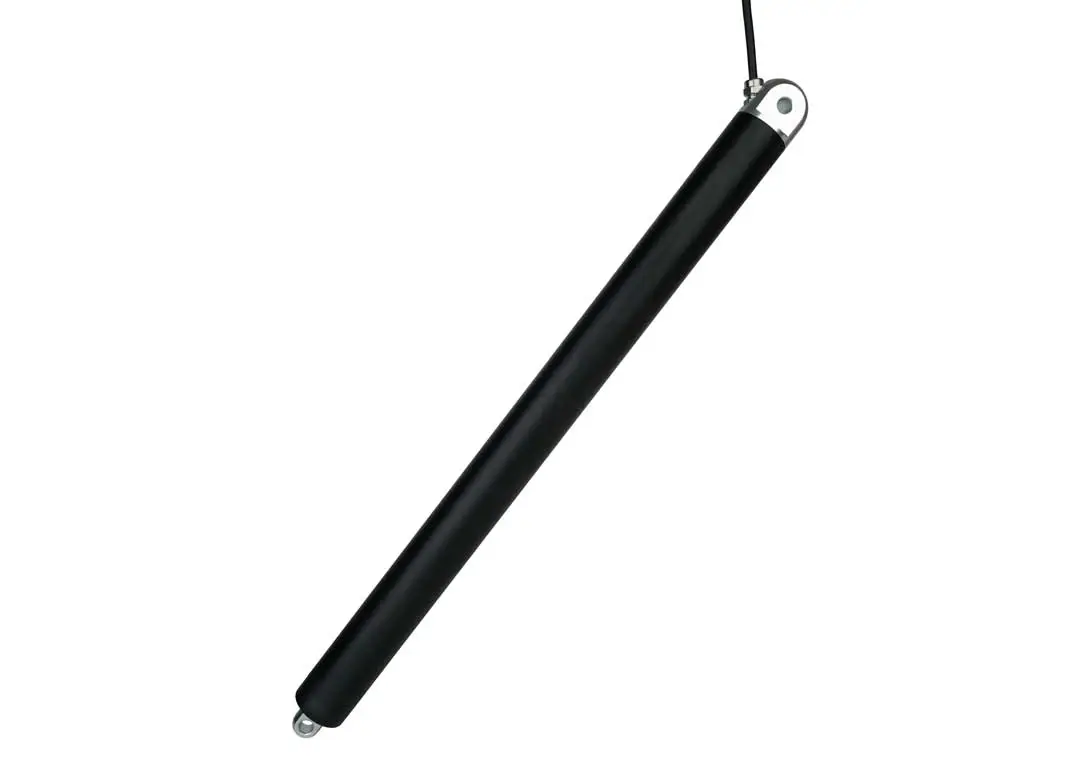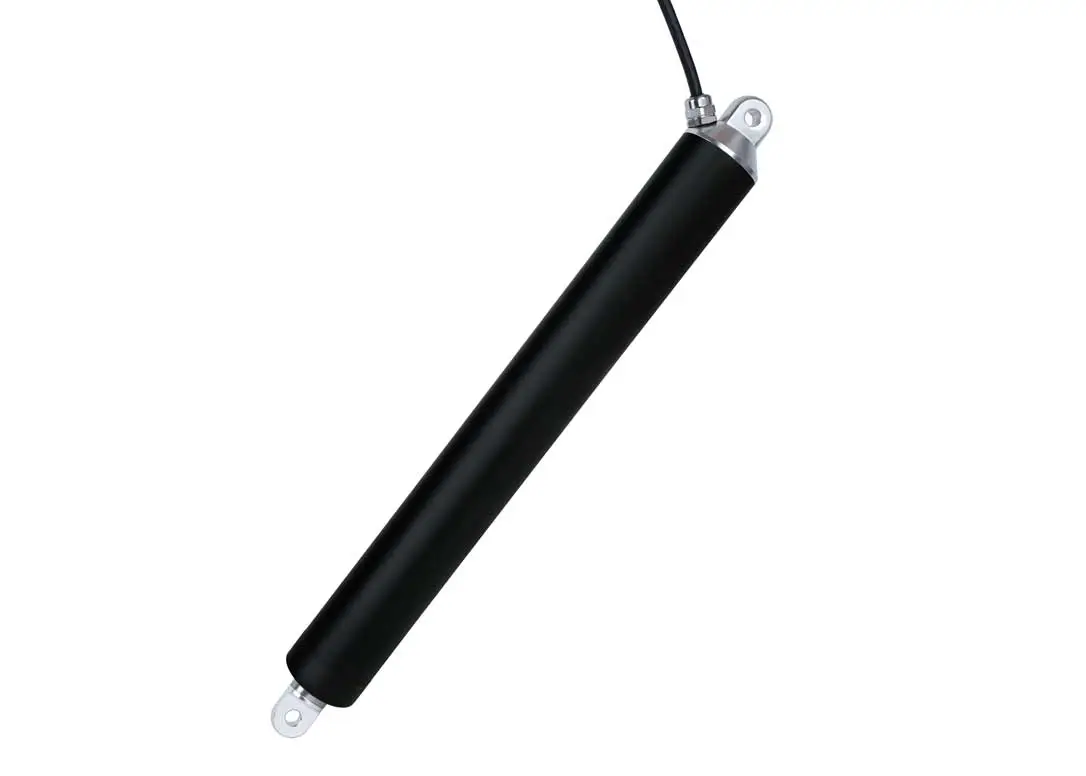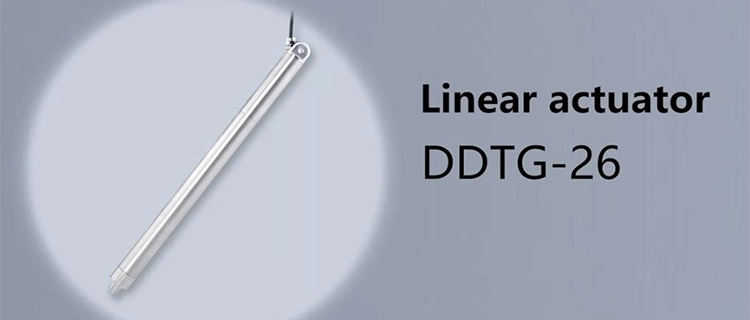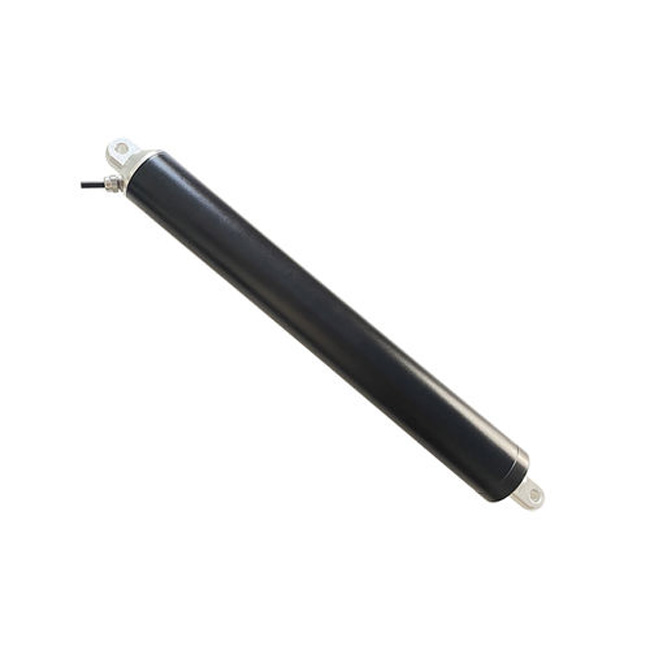
A tubular linear actuator, also known as a linear motion actuator or tubular actuator, is a mechanical device that converts rotational motion into linear motion. It is designed to provide precise and controlled linear movement in various applications, including industrial automation, robotics, medical equipment, home automation, and automotive systems. The tubular linear actuator consists of a motor, a lead screw or ball screw, a nut, and a tube or housing that encapsulates these components.
Key Features and Functions of a Tubular Linear Actuator:
Motor: The motor is the primary component of a tubular linear actuator and provides the rotational motion required for linear movement. It can be an electric motor, typically a stepper motor or a DC motor, or a hydraulic or pneumatic motor, depending on the specific application requirements.
Lead Screw or Ball Screw: The lead screw or ball screw is responsible for converting the rotational motion of the motor into linear motion. It consists of a threaded rod or shaft and a nut that moves along the threads. As the motor rotates, the nut translates along the threads, driving the linear movement of the actuator.
Housing or Tube: The housing or tube serves as a protective enclosure for the motor, lead screw, and nut assembly. It provides structural support and helps maintain alignment and stability during operation. The tube may be made of various materials, such as aluminum, stainless steel, or plastic, depending on factors like load capacity, environmental conditions, and application requirements.
Stroke Length: The stroke length of a tubular linear actuator refers to the maximum linear displacement it can achieve. It determines the extent of movement the actuator can provide and is an essential consideration when selecting an actuator for a specific application.
Control and Feedback: Tubular linear actuators can be controlled using various methods, including manual control, switches, or integrated control systems. Advanced actuators may feature position feedback sensors, such as encoders or limit switches, to provide precise position control and feedback information to the control system.
Applications of Tubular Linear Actuators:
Industrial Automation: Tubular linear actuators find extensive use in industrial automation systems for precise linear motion control. They are employed in processes such as material handling, packaging, assembly lines, CNC machines, and robotics.
Medical Equipment: Tubular linear actuators are utilized in medical equipment, including hospital beds, dental chairs, patient lifts, and surgical devices, where precise and controlled linear movement is required.
Home Automation: Tubular linear actuators are used in various home automation applications, such as motorized curtains, blinds, TV lifts, adjustable furniture, and automated door systems, providing convenience and enhanced functionality.
Automotive Systems: Tubular linear actuators are employed in automotive applications, including seat adjustments, headrest positioning, trunk and tailgate lifts, convertible roof mechanisms, and HVAC control systems.
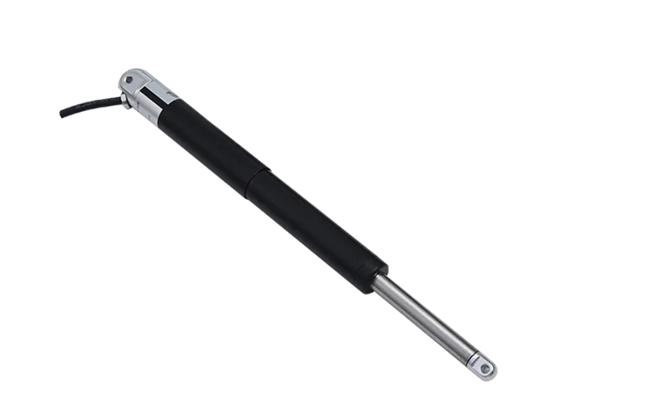
The Linear Actuator is composed of a drive motor, a reduction gear, a screw, a nut, a guide sleeve, a push rod, a sliding seat, a spring, a casing, a turbine, and a micro-control switch. Linear Actuator is an electric drive device that converts the rotary motion of the motor into the linear reciprocating motion of the push rod. It can be used as an executive machine in various simple or complex technological processes to realize remote control, centralized control or automatic control.
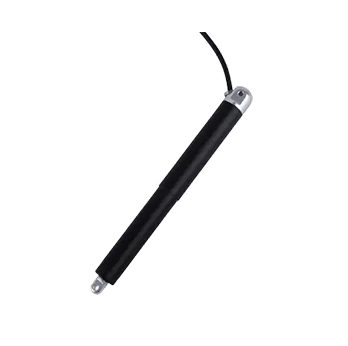 DDTG-16 Micro Tubular Linear Actuator
DDTG-16 Micro Tubular Linear Actuator
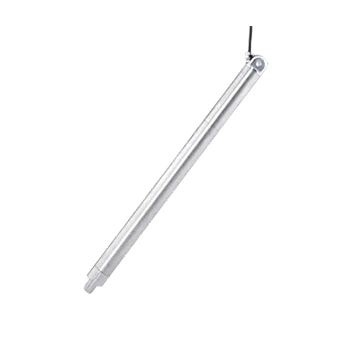 DDTG-28 Micro Tubular Linear Actuator
DDTG-28 Micro Tubular Linear Actuator
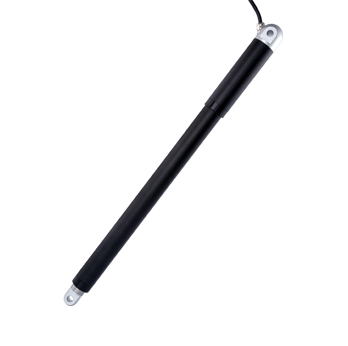 DDTG-38 Micro Tubular Linear Actuator
DDTG-38 Micro Tubular Linear Actuator

